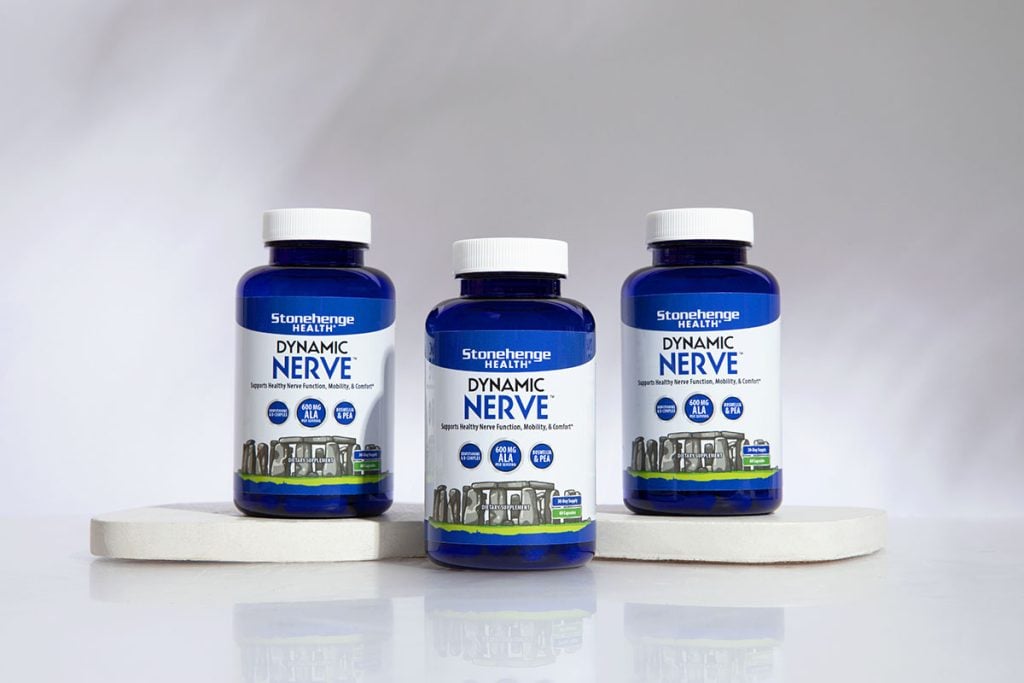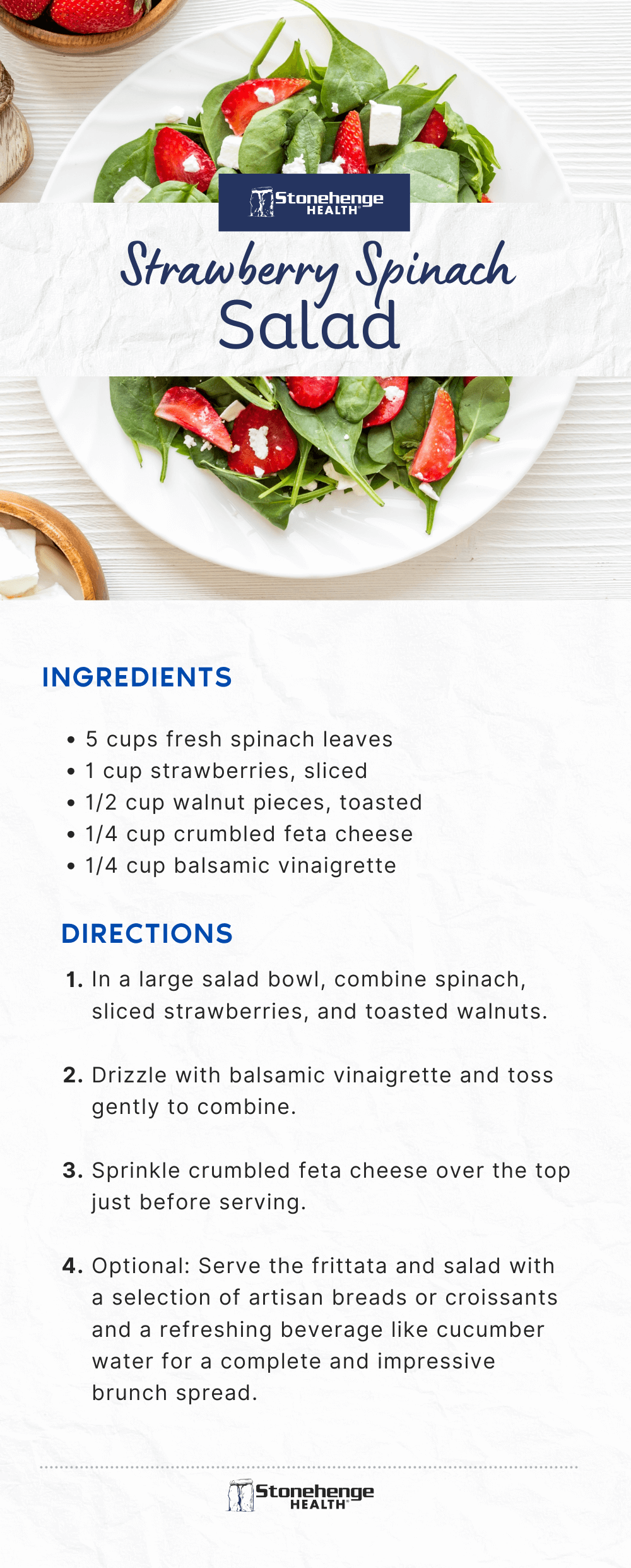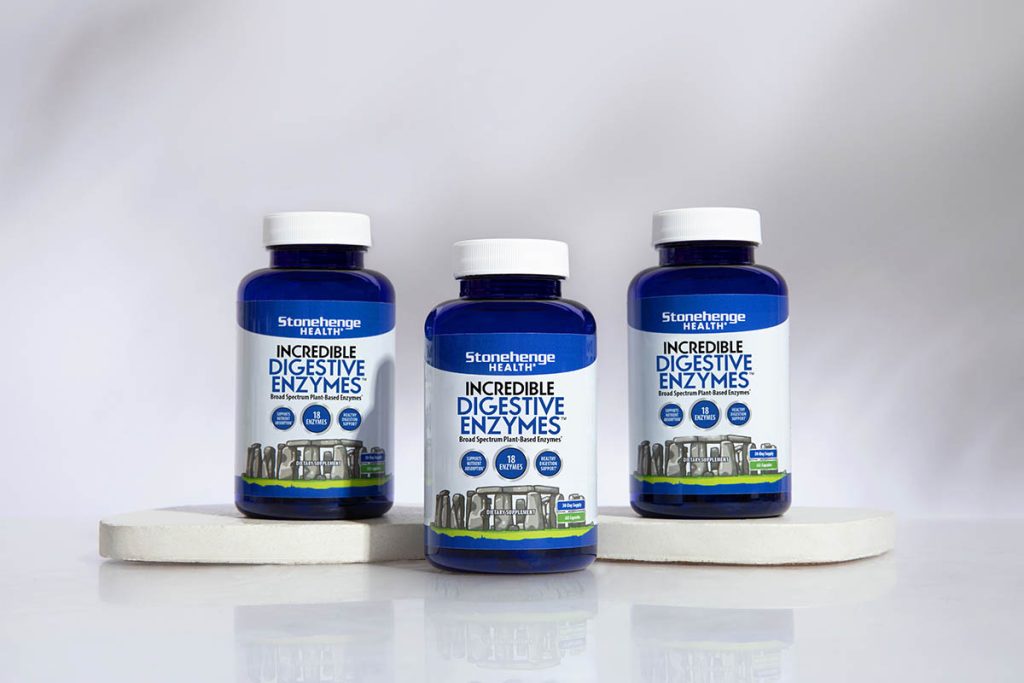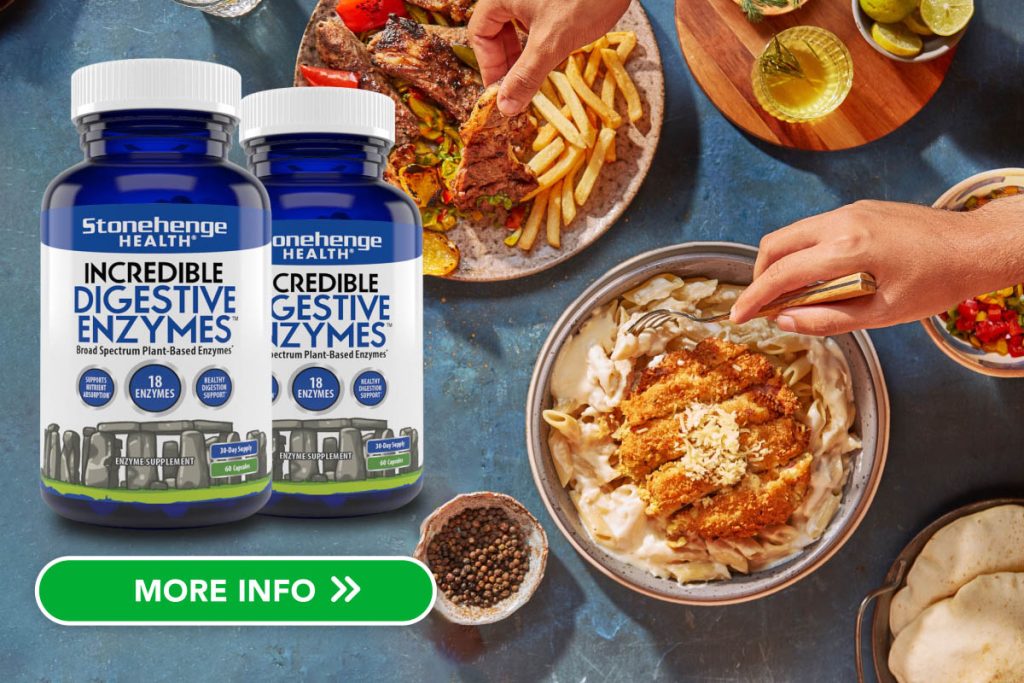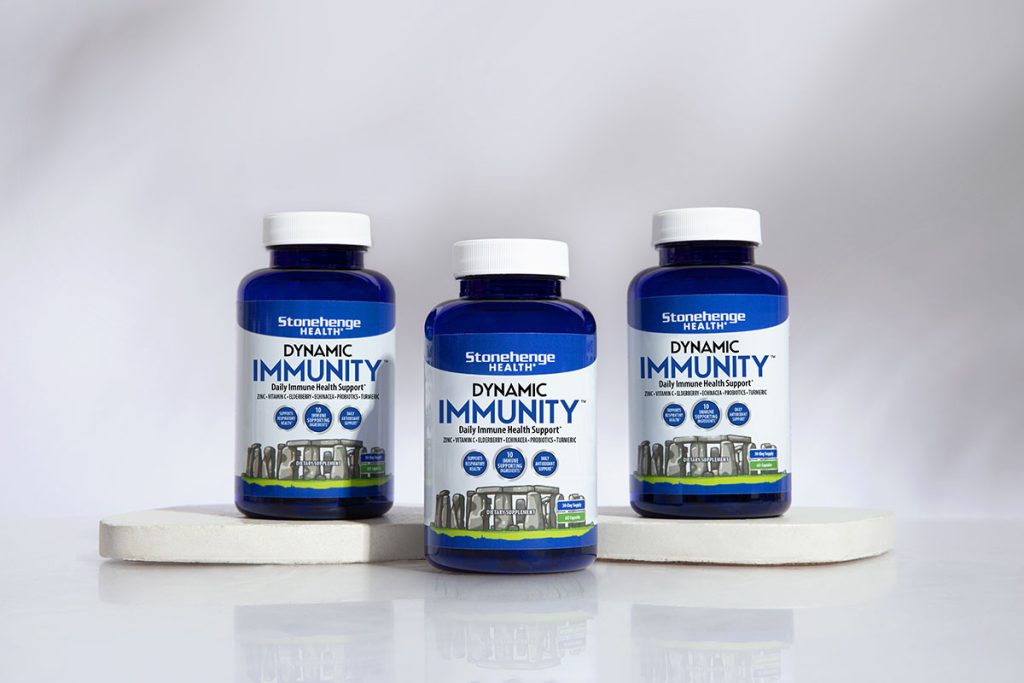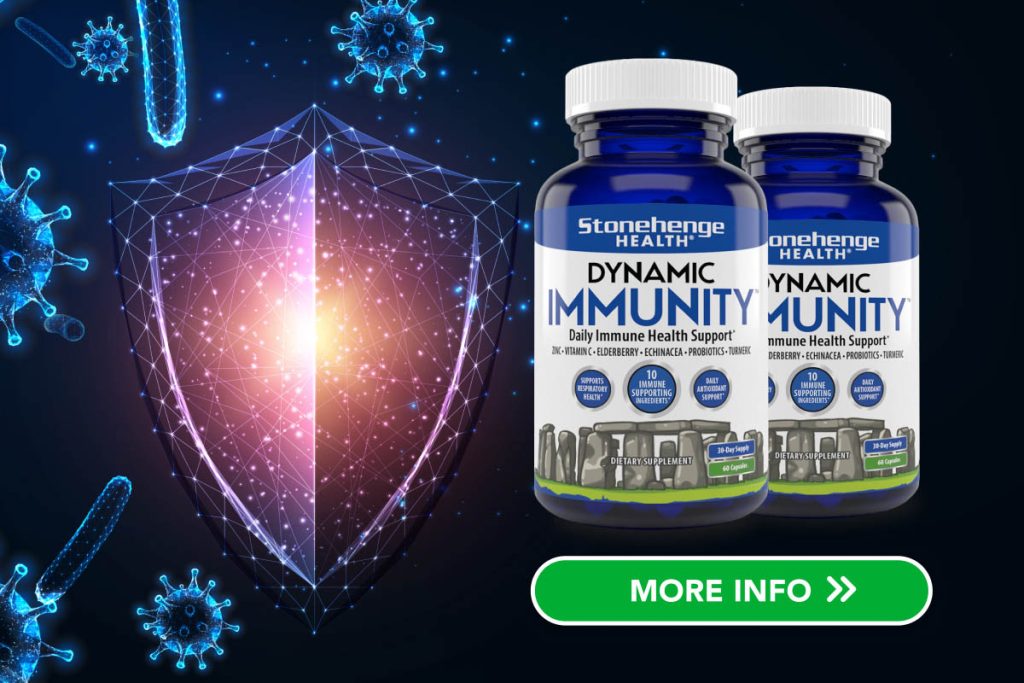
Whether you’re a parent, grandparent, aunt, or uncle, when the kids in your life go back to school, it can mean one thing:
More germs!
Of course, there are plenty of other good things about back to school, but today I have a neat little solution if you experience either of those issues.
Or if you’re just looking for a tasty and immune-boosting breakfast…
This unique breakfast is versatile, quick to prepare, and delicious. Oh, and did I mention it’s the perfect flavor for the end-of-summer, early-fall season?
1. Citrus Quinoa Breakfast Bowl
2. Orange and Ginger Green Smoothie
Here’s how to make both:
Note: We’ll be sharing delicious NEW recipes all month long. Sign up for our email newsletter and I’ll send you my favorites.
Citrus Quinoa Breakfast Bowl

This Citrus Quinoa Breakfast Bowl is a refreshing, nutrient-packed way to start the day, providing a great balance of protein, healthy fats, and immunity-boosting vitamins.
Ingredients:
• 1/2 cup quinoa, rinsed
• 1 cup water
• 1 large orange, peeled and segmented
• 1/2 grapefruit, peeled and segmented
• 1/4 cup pomegranate seeds
• 1 tablespoon chia seeds
• 1 tablespoon honey (optional)
• 1/4 cup Greek yogurt (optional for added creaminess and protein)
Instructions:
1. Cook the quinoa:
• In a medium saucepan, bring 1 cup of water to a boil. Add the rinsed quinoa, reduce the heat to low, cover, and simmer for about 15 minutes, or until the water is absorbed and the quinoa is fluffy.
• Once cooked, remove from heat and let it cool slightly.
2. Prepare the citrus fruits:
• While the quinoa is cooling, peel and segment the orange and grapefruit. Remove any seeds and set aside.
3. Assemble the bowl:
• Combine the cooked quinoa with the orange and grapefruit segments and pomegranate seeds in a serving bowl. Stir gently to mix.
• Drizzle the bowl with honey, and sprinkle the chia seeds on top.
• Add a dollop of Greek yogurt for extra creaminess and protein if desired.
Enjoy immediately, or store in the refrigerator for a quick, healthy breakfast on the go. This recipe makes two servings and gives you well over your recommended daily dose of Vitamin C.
Start your day with this refreshing Citrus Quinoa Breakfast Bowl, a nutrient powerhouse that contains plant-based protein, healthy fats, and immunity-boosting vitamins.
Vitamin C from citrus fruits and pomegranate seeds enhances immune function and promotes glowing skin, while quinoa delivers all nine essential amino acids as a complete protein source. Chia seeds add Omega-3 fatty acids for heart health, and antioxidant-rich pomegranate seeds help protect your cells from damage, supporting your overall well-being.
But we’re not done yet!

Orange and Ginger Green Smoothie

This smoothie is a refreshing and nutrient-dense option, perfect for boosting immunity and starting your day healthier.
Ingredients:
• 1 cup fresh spinach leaves (packed)
• 1 green apple, cored and chopped
• 1-inch piece of fresh ginger, peeled and chopped
• Juice of 1 orange (about 1/2 cup)
• 1/2 cup water or coconut water
• 1/2 banana (optional for added creaminess and sweetness)
• 1/2 cup ice cubes (optional for temperature and texture)
Instructions:
1. Wash and prep the spinach, green apple, and ginger. Ensure the ginger is peeled and chopped to make it easier to blend.
2. Add the spinach, chopped green apple, ginger, and orange juice to a blender.
3. Pour in the water or coconut water, and add the banana and ice cubes if using.
4. Blend until smooth
Note: If the smoothie is too thick, add a little more water or orange juice to reach your desired consistency.
Pour the smoothie into a glass and enjoy! This recipe makes two servings.

This smoothie delivers Vitamin C from the fresh orange juice, spinach, and green apple, which is helpful for immune support and healthier skin. At the same time, fresh ginger adds powerful antioxidants to contribute to your overall wellness.
While these immunity-boosting recipes are a great start to your day, ensuring you and your family get enough Vitamin C can be challenging.
That’s where Stonehenge Health’s Dynamic Liposomal Vitamin C comes in.

Traditional Vitamin C supplements often fall short in absorption, but our advanced liposomal delivery system ensures that more of this essential nutrient is absorbed and retained by your body.*
With the back-to-school season upon us, give your immune system the extra support it needs.
Are you ready to make Dynamic Liposomal Vitamin C a part of your daily routine?























































